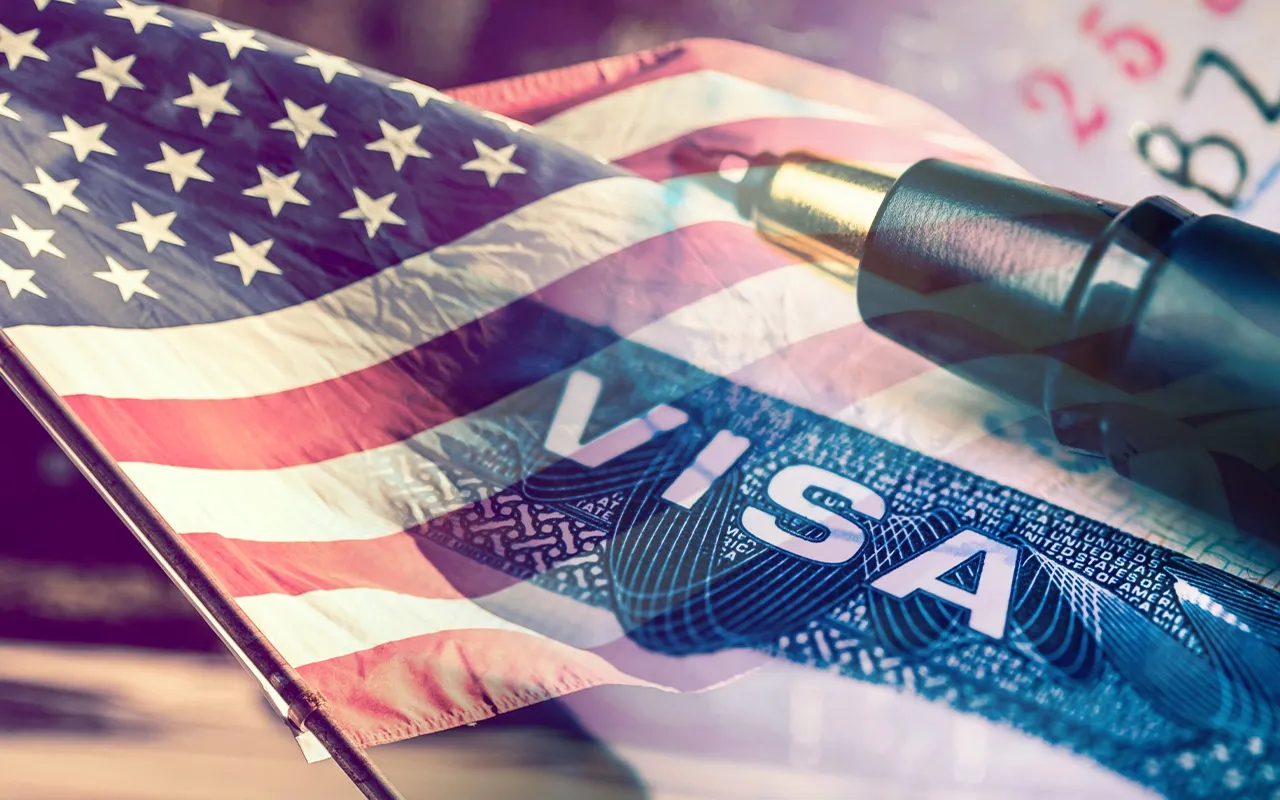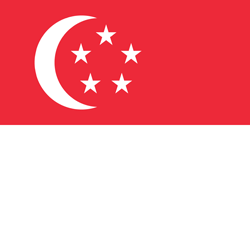About US Treaty Visa
Treaty Visas are a category of US visa comprising of three types of non-immigrant visas, which are available to nationals of certain countries who are looking to enter the United States for the purpose of conducting trade. Treaty Visas are exclusively reserved for nationals of states which are officially designated as “Treaty Countries” due to their treaty-trade relationship with the United States. Nationals of these countries who are attempting to enter the US to participate in trade-related activities (between their country and the US) may pursue a US Treaty Visa.

US Treaty Visa Categories
The US Treaty Visa category contains three types of visas:
- For foreigners from “Treaty Countries” who are looking to enter America in order to participate in significant trade ventures in sectors including tech and service provision (among other eligible categories)
- For foreign investors who have taken a large financial position in a particular venture who seek US entry for the purpose of overseeing and guiding said venture
E3 (Australian in Special Occupation):
- For Australians who are employed at what the US defines as a “specialty operation”
US Treaty Visa Eligibility
Different types of Treaty Visas have different eligibility requirements. All types share one universal requirement: you must be from a “Treaty Country” in order to be eligible for a Treaty Visa. Treaty countries include the following:
Albania, Argentina, Armenia, Australia, Austria, Azerbaijan, Bahrain, Bangladesh, Belgium, Bolivia, Bosnia and Herzegovina, Brunei, Bulgaria, Cameroon, Canada, Chile, Colombia, Congo, Costa Rica, Croatia, Czech Republic, Denmark, Ecuador, Egypt,, Estonia, Ethiopia, Finland, France, Georgia, Germany, Greece, Grenada, Honduras, Ireland, Israel, Italy, Jamaica, Japan, Jordan, Kazakhstan, Kosovo, Kyrgyzstan, Latvia Liberia, Lithuania, Luxembourg, Macedonia, Mexico, Moldova, Mongolia, Montenegro Morocco, Netherlands, New Zealand, Norway, Oman, Pakistan, Panama, Paraguay, Philippines, Poland, Romania, Senegal, Serbia, Singapore, Slovakia, Slovenia, South Korea, Spain, Sri Lanka, Suriname, Sweden, Switzerland, Taiwan, Thailand, Togo, Trinidad & Tobago, Tunisia, Turkey, Ukraine, United Kingdom.
Please note that not all countries (and by extension nationals of said countries) are eligible for all types of Treaty Visas. For example, while Australians are eligible for all three types of Treaty Visas, Egyptians are only eligible for the E-2, and only Australians are eligible for the E-3 Visa. In addition to being from a Treaty Country, your purpose for traveling must be to participate in trade (discussed below). There are specific eligibility requirements surrounding the nature of the trade allowed under the terms of the individual visas (see each individual page for a specific breakdown of requirements).
US Treaty Visa Purposes
Broadly speaking, Treaty Visas allow entry into the US for the purpose of conducting trade. “Trade” in this context, may include all of one of the following activities: touristic enterprises, financial services like banking (non-domestic), conveyance, and insurance. Different Treaty Visas are for different purposes:
- E1 (Treaty Trader) allows participation in significant trade ventures in sectors including tech and service provision (among other eligible categories)
- E2 (Treaty Investor) allows foreign investors who have taken a large financial position in a particular venture entry for the purpose of overseeing and guiding said venture
- E3 (Australian) is for the purpose of being employed in a “specialty operation”
US Treaty Visa Validity and Duration of Stay
Treaty Visas are often valid for three months to five years, and typically allow a duration of stay of up to two years. If you are granted Treaty Visa, you must abide by the duration of stay dates and validity period as reflected on your visa.
DS-160 application form
This form is the main component of the complete application for a US Treaty Visa. Please fill the form out in the English language. It is accessible online.
Passport
A government-issued, valid travel document, with an expiration date that covers the entirety of the Treaty Visa period, plus an additional six months.
Payment (and confirmation of payment)
Complete payment (and payment confirmation) of the Treaty Visa cost (which you may be able to pay during your visa appointment).
Applicant Photo
Colorized, recently captured, passport-sized image, which should be submitted electronically as a component of the DS-160 application form (or alternatively submitted in paper copy at visa appointment).
How to Apply for US Treaty Visa
Apply for a Trade Visa to the United States by following the below steps:
- Determine when you need to travel
Consider when you need to be in the United States, so that you receive your Treaty Visa before you need to travel
- Find your application destination
In addition to filling out an electronic application, all Treaty Visa applicants must meet in person application requirements at an American Embassy or Consulate—usually in their country of residence.
- Select your Treaty Visa category
There are three types of Treaty Visas to select from: E1, E2, E3 (see above for an overview of each type). Select the type which best reflects the nature of the business you are attempting to conduct in the United States. While the general application process is the same for all types, the type you select will determine the specific supplemental documents you need to submit.
- Assemble your application
Access the online US Treaty Visa application, which consists of the DS-160 form. Please note that this form must be completely filled out and printed out in advance of your visa interview, where you will be asked to present a paper copy of the DS-160 confirmation page as well as other physical application materials.
Assemble the rest of your application by gathering the rest of your basic required materials, such as your passport. - Schedule a visa appointment
In-person visa appointments are required for the majority of Treaty Visa applicants (typically, this is when you will submit your complete application). Yours will take place at the US Embassy or Consulate you are applying through.
Because it can sometimes take weeks or even months to get a visa interview, you should attempt to schedule one as soon as possible, in case you are forced to wait a long time for your appointment. - Attend your visa appointment
Visa appointments are where applicants fulfill the in-person Treaty Visa requirements (i.e. pay for their visa, sit for a US visa interview, have biometric information collected, etc).
- Receive a decision
After you have formally submitted your application at your visa interview, you may receive a decision immediately. Alternatively, you may have to wait for your application to be processed (this can take several weeks or even months, as US visa processing times tend to depend on a number of factors). Keep in mind that you must have your physical Treaty Visa in your possession in order to enter the US. Once it is granted, you may travel.
US Treaty Visa Interview
With few exceptions, applicants for Treaty Visas are required to attend an in-person interview at their application destination (US Embassy/Consulate). At this interview, they will be required to answer questions about their upcoming trip to the United States. The main goal of the interview is to determine the following:
1) That the applicant is being truthful about his or her purpose for travel
2) That the applicant will not present a security risk upon gaining entry and
3) That the applicant can financially afford the trip
4)That the applicant will leave the country before the visa expires. Standard questions include biographical queries (age, occupation, etc.) as well as general/detailed questions pertaining to reasons for travel.
Examples include:
What is the nature of the business that you will be undertaking in the US?
Why do you need to travel to the US in order to conduct this business?
How do you intend to financially support yourself in the United States?
US Treaty Visa Processing Time
Most decisions about US Visas are taken immediately upon the conclusion of the US Visa interview. However, scheduling an interview can take a long time (days, weeks, or sometimes even months). Also, occasionally a decision on an application is not rendered at the end of an interview (because more processing time is required). All factors considered, it could take several months for you to apply for and receive a visa.

When to Apply for Treaty Visa
As outlined above, it can take days, weeks, or even months for you to receive a visa (due to processing times and wait periods for visa interviews). Because of this, Treaty Visa applicants are advised to pursue a visa well in advance of when they need to be in the United States for whatever purpose they have selected as their reason for travel.
Where to Apply for Treaty Visa
The application for Treaty Visas is online. However, all US Treaty Applications are submitted through the applicant’s local American Embassy or Consulate, where you will also be required to complete in-person application requirements.









































